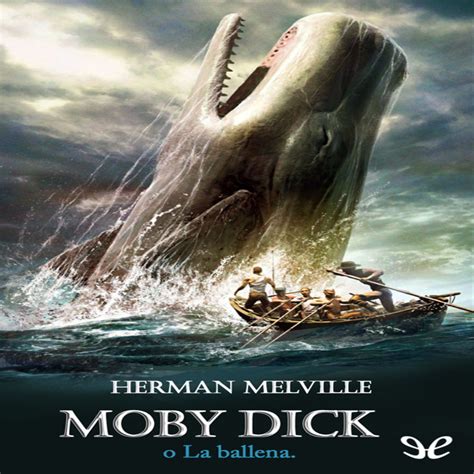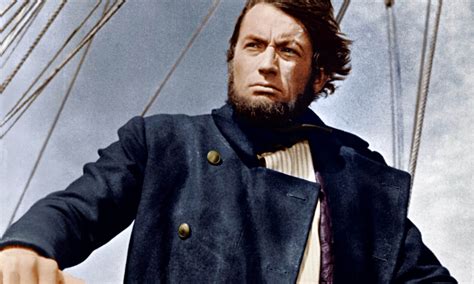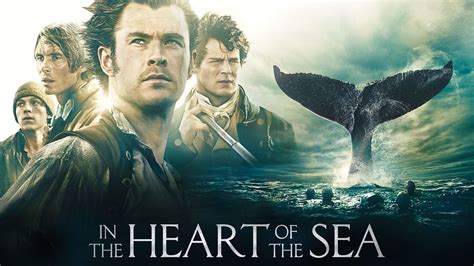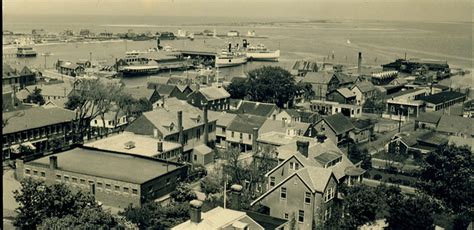Moby Dick
It sounds like rhyming slang ! But it isn’t, as far as I know. [Although moby is used in some circles to mean enormous.]About ten years ago I read somewhere that Moby Dick was the great American novel. So I bought a copy at the OXFAM bookshop on South Clerk Street, where I was working, and took it to Brussels with me. I am often fearful that when I am away on locum work I’ll be short of reading material, and I can always persuade myself that this is the moment to catch up with books I feel that I ought to have read.

Sadly Moby Dick remains ten years on in the ought-to-have read category. I did have two attempts at reading it. And I found some of the early passages riveting: Ishmael’s encounter with Queequeg, the tattooed Polynesian harpoonist, with whom he shares a bed; Father Mapple’s sermon; the delayed appearance of Captain Ahab, bent on revenge on the great white whale who took his leg. Who now stumps across the quarter-deck with a prosthesis shaped from a whale’s jawbone.
But I found that the non-narrative chapters, with lengthy digressions on the make-up of whales and the history of whaling, and on the significance of the colour white, and the nature of fire, failed to hold my attention. And so, as with Lord of the Rings several decades earlier, I just gave up.
Moby Dick: the movie
When I was at school, probably in the late nineteen fifties, we had a showing of John Huston’s 1956 film of Moby Dick with Gregory Peck as the narrator Ishmael. Little of the film stays with me other than Orson Welles’ strong performance as Father Mapple. I read that many of the exterior scenes were filmed at Youghal in Ireland, in County Cork, which was thought to have a passable likeness to the nineteenth century whaling town of New Bedford. But some of the filming took place at Fishguard in West Wales, using an artificial 75 foot long, 12 ton white whale, constructed by Dunlop in Stoke-on-Trent. When we were in holiday in Fishguard a decade ago we heard the story of how the artificial whale came loose from its tow line, drifted away in the fog, and was never seem again. The boat they used to represent the Pequod had already been used in the 1950 film Treasure Island. Which I also saw as a child and remember rather better.

The tragedy of the whale-ship Essex
Here in Chantilly I’ve been reading a book that I picked up in the OXFAM bookshop in South Clerk Street last month; In the heart of the sea by Nathaniel Philbrick. The author sounds like a Dickensian undertaker or a teaching colleague of Paul Pennyfeather in Decline and Fall. But in reality he is an American historian [b. 1956] who has lived on the island of Nantucket for the past three decades. The book is set in nineteenth century Nantucket, then the centre of the American whaling industry; and his two earlier books are studies of the island’s history.

The book’s sub-title is The Tragedy of the Whaleship Essex. It is a story that may be known to generations of American children, but it was new to me. The book tells how after the Revolution and the War of 1812 Nantucket became the whaling capital of the world. The local whale population had already been wiped out, but whale boats regularly sailed south round Cape Horn and into the southern Pacific. The most prized catch were sperm whales, whose heads contained a vast reservoir of a prized oil called spermaceti, which provided a brighter and clearer-burning light. Voyages now lasted for two to three years, and could yield as many as two thousand barrels of oil. Whale oil prices were rising, and Nantucket was becoming one of the richest towns in America.

In 1819 the 238-ton ship Essex set sail from Nantucket. It carried a crew of some twenty people, a mix of Nantucketers, off-islanders, and black sailors, under a first-time Captain George Pollard Jr. The youngest was the cabin boy Thomas Nickerson, an orphan aged fourteen. Fifteen months later, in November 1820, in the farthest reaches of the south Pacific, the Essex was rammed and sunk by an enraged sperm whale. A mammoth whale eighty feet in length. The boat was a thousand miles west of the Galapagos. It was an unthinkable event. Seemingly a deliberate attack by the whale.
The crew took to their three small lifeboats. Fearing cannibals on the islands to the west, they set out for South America almost 3,000 miles away. Three months later, only eight were left alive, suffering terribly from dehydration and starvation. The survivors having been forced to eat the bodies of their dead shipmates. In Pollard’s boat, in February 1821, the youngest of them, sixteen-year-old Charles Ramsdell uttered the unspeakable; they should cast lots to see who should be killed that the others might live. The lot fell to Owen Coffin, an eighteen-year-old, the captain’s cousin. His friend Ramsdell dispatched him.

The book is a fantastic story of survival and adventure, steeped in the culture of Nantucket and nineteenth century whaling. Philbrick tells the story well. He leans on the account of the cabin boy Thomas Nickerson, a memoir written in his old age but not authenticated until 1980. And also the account published by another survivor, Owen Chase, the ship’s first mate. It is the story of a real-life maritime disaster which clearly inspired Herman Melville’s Moby Dick.
St Peter’s, Chantilly
Neither sperm whales nor cannibalism play any part in church life here. The community is coming together slowly after a difficult few years. Attendances were very thin on Christmas Eve, especially the Midnight Service. But we had an over-flowing church for the Carol Service the previous Sunday evening. Space was at a premium, and a late arriving, outsized golden retriever sat on my feet. The music arranged once again by Michelle was much appreciated by a congregation who were reluctant to leave. And we had a decent turnout on Christmas Day with a sprinkling of children and three delightful babies. Looking ahead, Abigail will be baptised on the first Sunday in January.

Susie and I feel much welcomed by the congregation. Susie was delighted that Craig and the two girls, Amelia and Eloïse, joined us here for Christmas. They have now gone to Paris for a couple of nights in an Air B&B; the Eiffel Tower, Sacré Coeur, the Musée d’Orsay, Notre Dame. We shall join them in Paris tomorrow, for lunch at one of the city’s oldest [and cheapest] restaurants. More in due course.

December 2023.